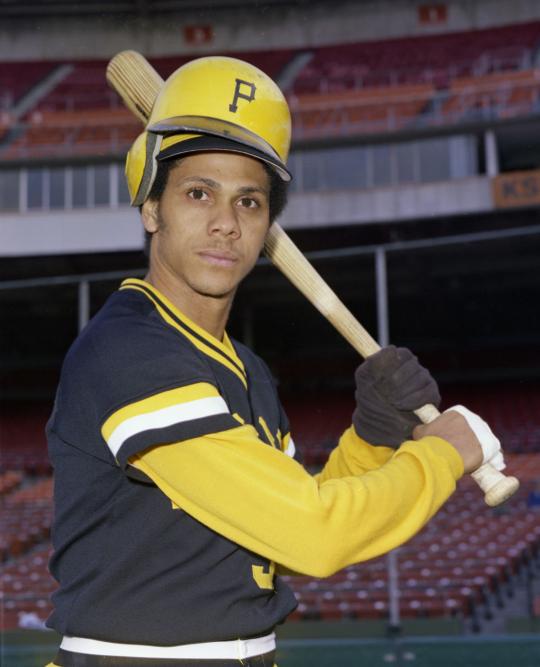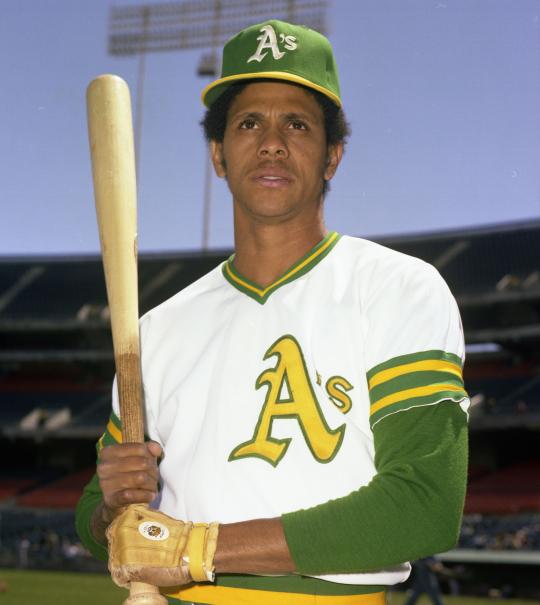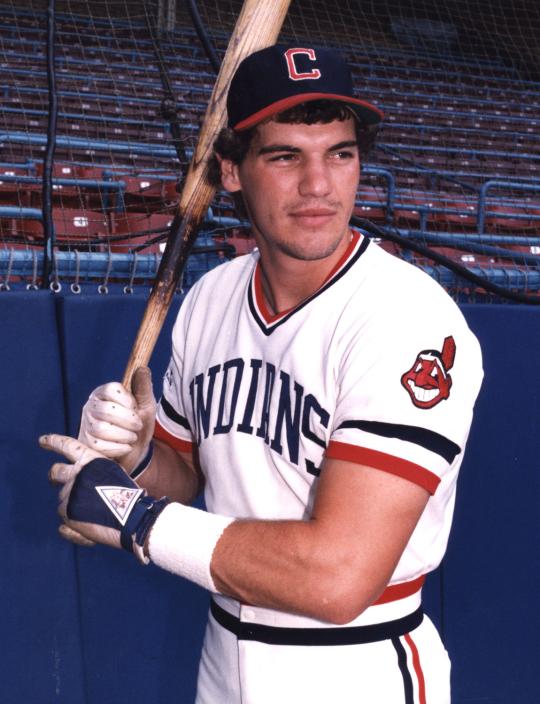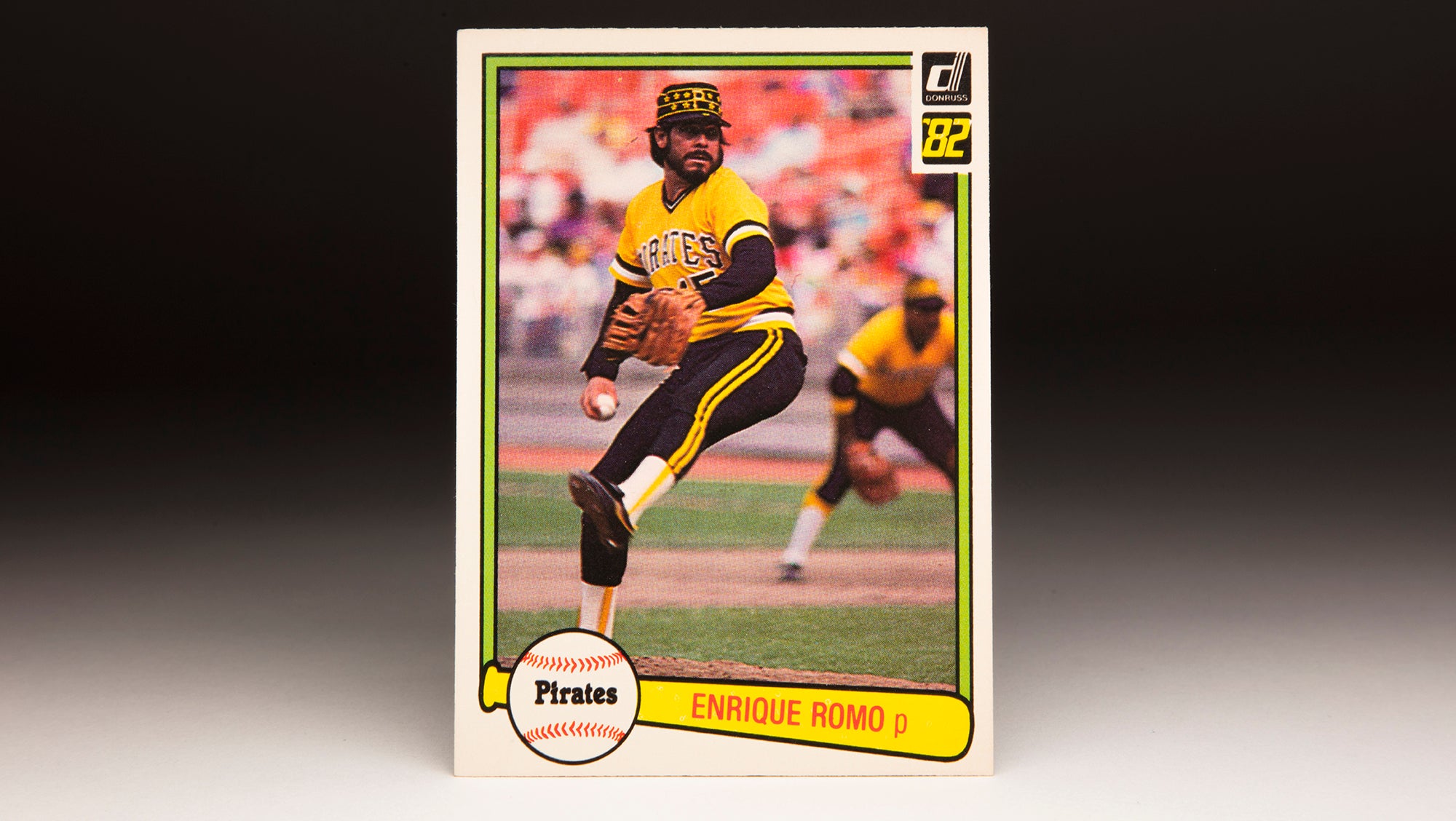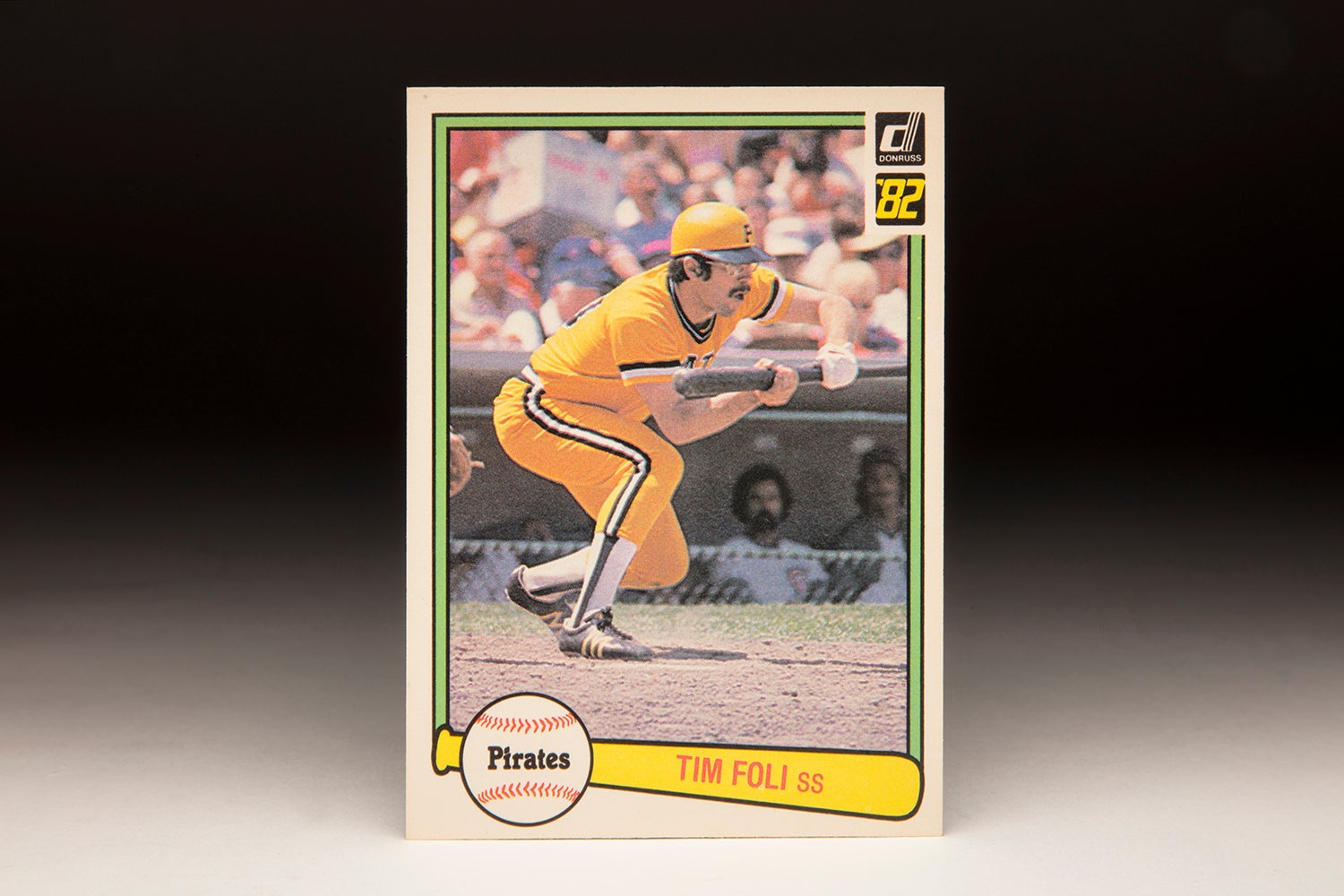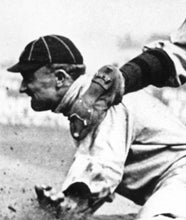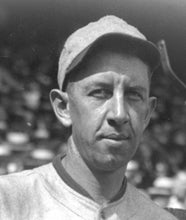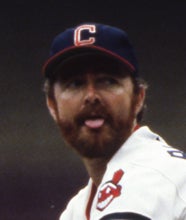- Home
- Our Stories
- #CardCorner: 1982 Topps Miguel Dilone
#CardCorner: 1982 Topps Miguel Dilone
Hall of Fame staffers are also baseball fans and love to share their stories. Here is a fan's perspective from Cooperstown.
He was a shooting star on a team full of them, never to replicate the magic he found with the 1980 Cleveland Indians. But what a year it was for Miguel Diloné.
From 1901 through 1979, there had only been 10 seasons in history where a player had recorded at least 180 hits, batted at least .340 and stolen 60-or-more bases. More than a half of those seasons – six – belonged to Ty Cobb, and only Eddie Collins and Cobb had done it more than once.
But seemingly out of nowhere, Diloné produced those numbers in his first season as a regular player.
It has not been done since.
Diloné was still a member of the Indians’ outfield when his 1982 Topps card hit the market. Appearing in Cleveland’s gray road uniform with the team’s block “C” of the day adorning his cap, Diloné appears to be in a dugout or hallway, with encased power lines on the wall in the background. The card also features the 1982 “hockey stick” design along the left side, with the nifty color combo of pink and red that was assigned to all Indians cards that year.
All in all, a pedestrian card for a player who made his career as one of the game’s best runners.
Born Nov. 1, 1954, in Santiago, Dominican Republic, Diloné was a product of the Pirates prolific farm system of the 1970s. After signing with Pittsburgh in early 1972, Diloné – listed at 160 pounds but likely considerably lighter – used his speed to quickly ascend the ranks of the Pirates’ minor league ranks.
At the age of 18 in 1973, Diloné stole 95 bases for Class A Charleston in the Western Carolinas League in 1973, then swiped 85 bases the following year for Class A Salem, earning a late-season promotion to Pittsburgh. He appeared in 12 games – mostly as a pinch-runner – and stole two bases for a Pirates team that won the National League East.
For the next three seasons, Diloné shuttled between the minors and the big leagues, showing off his speed but unable to crack a stacked Pirates outfield that featured Dave Parker, Al Oliver and Richie Zisk.
Then, three days before the 1978 season opener, Diloné was traded to the Athletics in a move that also sent Elias Sosa and Mike Edwards to Oakland in exchange for catcher Manny Sanguillen, who returned to Pittsburgh after one season in the American League.
But after about a month of regular action in Oakland’s outfield, Diloné was hitting .203. He shuttled between the bench and a starting role for the rest of the season, finishing with 258 at-bats in 135 games, hitting .229 with 50 stolen bases.
Then, after spending most of the first month of the 1979 season as Oakland’s right fielder, Diloné battled injuries for much of June and was sold to the Cubs on July 4. He hit .306 in 43 games in a reserve role the rest of the season, then began the 1980 season with the Cubs’ Triple-A team in Wichita.
On May 7, 1980, however, Diloné got the break he needed when the Indians purchased his contract. Inserted into Cleveland’s lineup two days later as the club’s center fielder, Diloné kept his batting average above .300 for all but one day of the season. He was hitting .357 as late as Aug. 17 before finishing at .341.
Diloné teamed with another 25-year-old phenom, Joe Charboneau, to give the Indians fans reason to cheer in 1980 as Cleveland finished 79-81. Charboneau won the AL Rookie of the Year Award after hitting 23 home runs with 87 RBI in his first taste of big league action, and the Indians appeared to be on the brink of a big season in 1980 – especially after acquiring future Hall of Famer Bert Blyleven in a trade with the Pirates prior to the 1981 campaign.
But the work stoppage that summer blunted any Indians’ momentum, as Cleveland finished sixth in the AL East in the first half and fifth in the second, going 52-51 in a season where Charboneau hit .210 in 48 games.
Diloné batted .290 and stole 29 bases, but failed to recapture the magic of 1980. Diloné slumped to a .235 average in 104 games in 1982 and was traded twice in 1983: First to the White Sox and then from Chicago to back to Pittsburgh. He played two more seasons with the Expos and the Padres, finishing his 12-year career at the age of 30. He is the only player in history with at least 250 stolen bases and fewer than 600 hits. And his 1980 season represents an incredible 34 percent of his career total of 530 base hits, 432 of which were singles. A one-season wonder, if there ever was one. But for that one season, Miguel Diloné was in a class by himself.
Craig Muder is the director of communications for the National Baseball Hall of Fame and Museum



